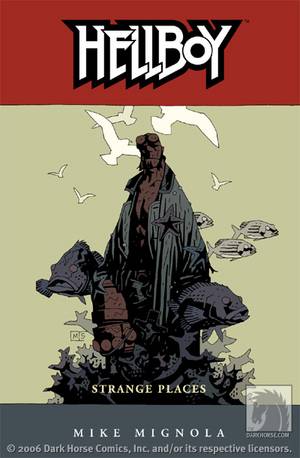 Written by Jason Starr
Written by Jason StarrArt by Mick Bertilorenzi
So what makes a crime comic a crime comic? This seems like it should be a simple enough question, but when one starts talking about the Vertigo Crime series, it's one that I think has gone unasked.
My immediate guess would be that a crime comic is a comic that focuses on crime. Murders, thefts, perhaps even the high-drama world of tax crime. I wouldn't usually say that a comic
Regardless of the strange choice of branding for this book, it's a strange comic in its own right. To begin with, it never really establishes a clear protagonist. Sure, there's this older Irish guy who was the first victim of our druidic pair, but for half the book, he just seems crazy. There's also the cop who is trying to deal with all this, but he's basically a cipher. The book lacks an emotional centre, and so it becomes a little hard to care about any of the characters or what is going on. The druid stuff is kind of cool, but the whole mystery aspect just evaporates too quickly to have any real investment in it.
The art is quite serviceable in a faux-Eduardo Risso sort of way. Bertilorenzi seems to be from the seemingly endless stable of Italian artists that Vertigo has been tapping the last few years. His stuff is good, but not too special.























